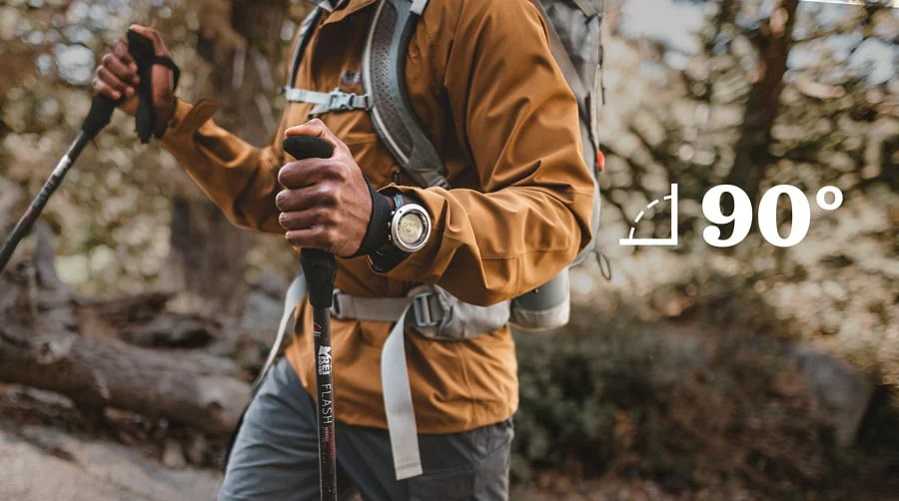Trekking poles, also known as hiking sticks, have become an essential tool for many hikers and outdoor enthusiasts. Not only do they provide added support on challenging terrain, but they also help to reduce stress on joints and improve balance. With so many different options on the market, it can be difficult to know which trekking poles are right for you. In this article, we'll guide you through the important factors to consider when choosing the best trekking poles for your next adventure. From materials and weight, to adjustability and accessories, we've got you covered. So, whether you're a seasoned hiker or a beginner, read on to find the perfect set of trekking poles for your next adventure.
Here is a guide on how to choose the best hiking sticks:
Material: The material of the trekking poles will affect their weight, durability, and stiffness. Common materials include aluminum, carbon fiber, and composite materials.
Weight: Lighter poles are easier to carry and less tiring to use, but heavier poles are more durable and provide more stability. Choose the right weight for your personal preference and hiking style.
Adjustability: Trekking poles that can be adjusted to different lengths are ideal for different terrains and can be adjusted to accommodate a range of body heights.
Locking mechanism: There are different locking mechanisms for adjusting the length of trekking poles. Look for a mechanism that is easy to use and secure, and that won't loosen over time.
Grip: The grip of a trekking pole should be comfortable and provide a good grip, even when wet. Foam or cork grips are popular options.
Tip: The tip of the trekking pole should be durable and able to handle different terrains, such as rocks and gravel. Some tips are replaceable and can be swapped out for different types of terrain.
Accessories: Consider purchasing trekking poles with accessories such as wrist straps, baskets for soft terrain, and rubber tips for hard surfaces.
Budget: Trekking poles can range in price from budget-friendly options to more expensive models with more features and durability. Choose a set of poles that fit your budget and meet your needs.
Consider these factors when choosing trekking poles to ensure you find a set that is right for you and your hiking style.
Here are some of the top brands for hiking sticks:
Black Diamond: Black Diamond is a well-known and trusted brand in the outdoor community, offering a range of trekking poles for all levels of hikers.
Leki: Leki is a German brand that specializes in trekking poles and has been in business for over 70 years.
Komperdell: Komperdell is an Austrian brand known for producing high-quality, durable trekking poles.
MSR: MSR is a well-known outdoor brand that offers a range of trekking poles, including some that are adjustable and lightweight.
LEANING TECH: LEANING TECH is a newer brand that offers budget-friendly trekking poles with high-end features.
Pacerpole: Pacerpole is a UK-based brand that offers a unique design for their trekking poles, with a focus on natural walking motion and reduced impact on joints.
These are just a few of the top brands for trekking poles. It's important to research and compare different brands to find the best option for your needs.
Here is the correct way to walk with hiking sticks:
Start by adjusting the length of the poles to match your height. This will vary depending on the type of terrain and your personal preference, but a general rule of thumb is to have the poles reach to your armpits when held vertically.
Hold the poles with your hands positioned just below the grips, with your elbows bent at a 90-degree angle. This will allow you to maintain good balance and control of the poles.
When walking, step forward with one foot and then simultaneously plant the corresponding pole. Repeat with the other foot and pole.
When going uphill, place the poles ahead of you and use them for extra support. On downhill sections, use the poles for stability and to reduce the impact on your knees.
Make sure to maintain proper posture, keeping your head up and your back straight. This will help to reduce strain on your neck and back.
Finally, pay attention to the type of terrain and adjust your stride and pole placement accordingly. On rocky or uneven ground, plant the poles more carefully to ensure stability.

By following these tips, you can walk with hiking sticks comfortably and safely, improving your balance and reducing stress on your joints.
 Consult an expert
Consult an expert
 Chat
Chat